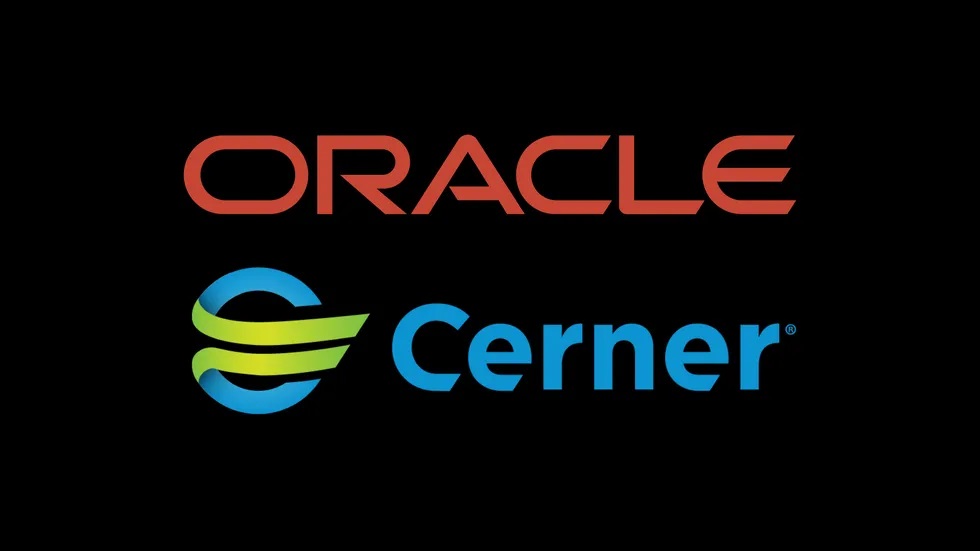
Oracle’s Q2 earnings fell below projections due to Cerner business setbacks and cloud growth deceleration. The $28 billion Cerner acquisition influenced revenue, marking a 4% increase, shy of the expected 6% excluding Cerner. Despite a 25% cloud revenue rise, reaching $4.1 billion, the market reacted with a 12% share drop. Oracle aims to align Cerner with its standards, transitioning it to Oracle Cloud Infrastructure (OCI) while upgrading the Millennium platform. The company strives for healthcare market dominance, leveraging generative AI and technological enhancements. Anticipating exponential OCI growth, Oracle’s focus remains on transforming Cerner into a catalyst for future growth.
Oracle’s Q2 financials faced hurdles following its acquisition of health IT giant Cerner for $28 billion. While Oracle saw an overall revenue growth of 4%, its projection missed estimates, partly due to Cerner’s impact. Despite a 25% surge in cloud revenue ($4.1 billion), the market responded unfavorably with a 12% share dip. Oracle’s aim to integrate Cerner into its ecosystem while pushing for cloud innovation underscores its strategic shift toward healthcare dominance. This analysis delves into Oracle’s challenges post-Cerner acquisition, its efforts in transitioning and modernizing Cerner’s operations, and the company’s ambitious vision for technological innovation in the healthcare sector.
The acquisition of Cerner, a health IT company, was a pivotal move in Oracle’s strategy to expand its presence in healthcare and bolster its cloud operations. However, this acquisition impacted the quarter’s revenue, with total earnings amounting to $12.9 billion, falling short of the expected $13.05 billion.
Cloud revenue, excluding Cerner, demonstrated a 25% rise, reaching $4.1 billion. Including Cerner, the total cloud revenue experienced a 24% increase, totaling $4.8 billion. Specific revenue figures for Cerner’s electronic health records (EHR) business were not separately disclosed.
Adjusted earnings for the quarter surpassed expectations at $1.34 per share, up by 11% compared to the previous year. However, Oracle’s near-term forecast fell below analyst predictions, with adjusted net income for the fiscal third quarter estimated between $1.35 to $1.39 per share and an anticipated 6% to 8% revenue growth. Forecasts excluded Cerner revenue, expecting an 8% to 10% growth rate, with cloud revenue expected to grow by 26% to 28%.
The market response was immediate, with Oracle’s shares plummeting by 12% following this news, primarily driven by two consecutive quarters of lower-than-expected cloud revenue.
During the earnings call, CEO Safra Catz acknowledged the temporary drag on growth due to the Cerner acquisition but expressed optimism about its future impact, anticipating it to be a growth driver beyond the current fiscal year. The focus remains on aligning Cerner’s operations with Oracle’s standards to improve profitability.
Larry Ellison, Oracle’s chairman and chief technology officer, detailed the ongoing transition of Cerner to Oracle Cloud Infrastructure (OCI). He revealed plans to gradually upgrade and modernize Cerner’s Millennium platform, intending to capture a larger share of the healthcare ecosystem. By February, half of Cerner Millennium customers are expected to transition to OCI.
Ellison underscored Oracle’s pursuit of market parity with cloud industry leaders like Amazon Web Services, Google, and Microsoft Azure. He projected OCI’s growth rate to exceed 50% for several years, highlighting ongoing efforts to rewrite and enhance Cerner’s health and data intelligence platform, HealtheIntent.
The technological advancements, including generative AI integration, voice interfaces, and disease-specific AI models, aim to modernize Cerner’s EHR platform significantly. Oracle intends to expand its healthcare offerings beyond Cerner’s initial scope to cover a broader spectrum within the healthcare ecosystem, including pharmaceutical companies, hospitals, research entities, and public health departments.
Oracle’s optimism stems from the increasing demand for its cloud and AI technologies. Catz and Ellison emphasized the exponential growth anticipated in OCI and the $65 billion total remaining performance obligations, indicative of rising demand.
Ellison highlighted the use of generative AI within Oracle Health’s Cerner EHR platform, exemplifying its capabilities through automatic doctor’s note generation and telecommunication modules, emphasizing their potential to enhance efficiency across various industries.
By integrating AI into healthcare, Oracle aims to deliver value at the highest tier of the healthcare chain, focusing on applications that aid in diagnosis, prescriptions, patient reminders, and overall healthcare management, emphasizing the potential cost-saving and efficiency benefits.
Oracle’s journey following the Cerner acquisition signifies a pivotal phase. Despite revenue shortfall and market skepticism, Oracle remains resolute in its strategic vision. The focus on realigning Cerner with Oracle standards, transitioning it to OCI, and amplifying healthcare tech showcases Oracle’s commitment to industry dominance. The emphasis on generative AI, cloud advancements, and broadening healthcare offerings beyond Cerner’s initial scope indicates Oracle’s long-term ambition. With a resilient approach and a focus on technology-driven innovation, Oracle aims to position itself as a key player in reshaping the healthcare landscape and establishing a robust presence in the cloud domain.


